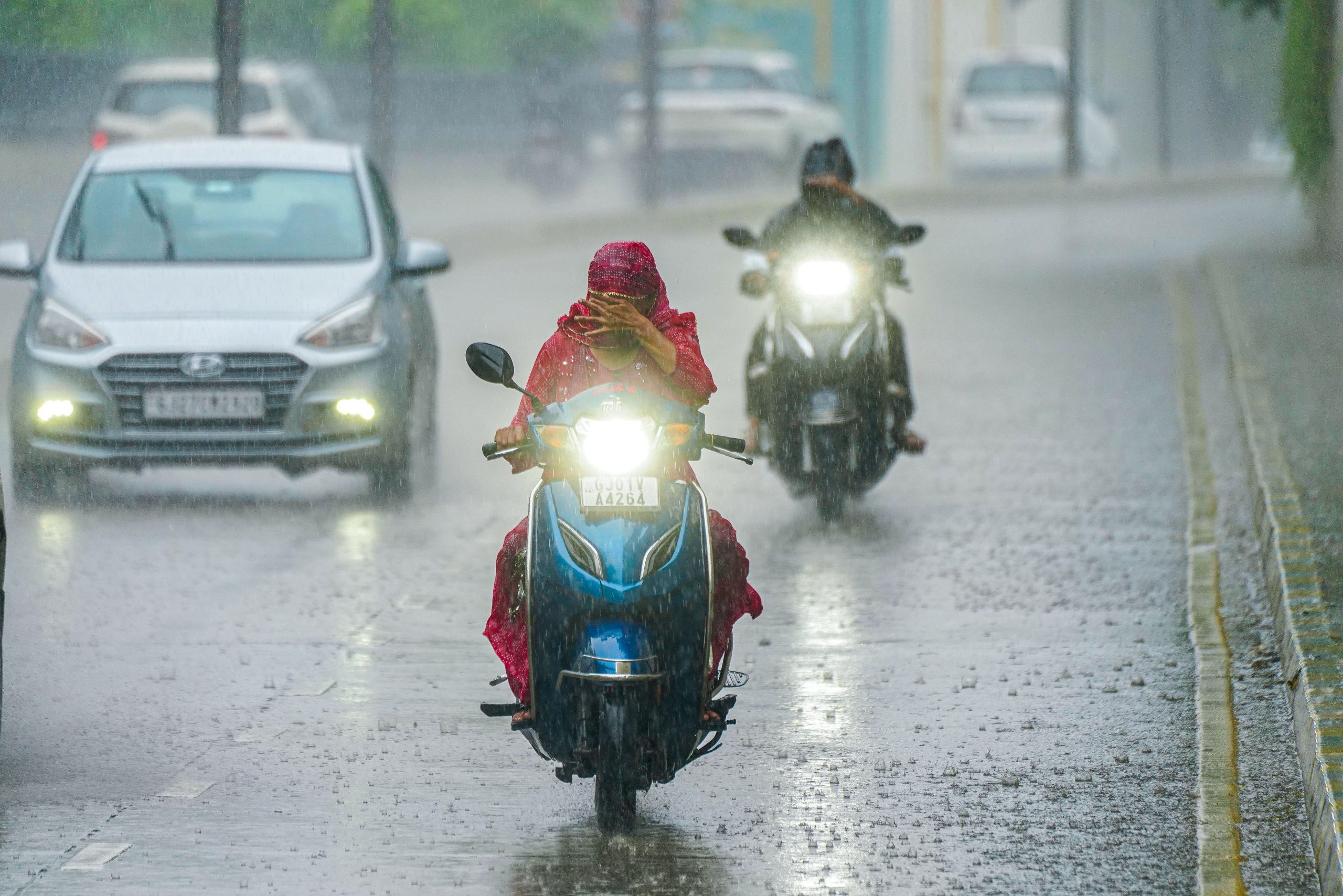Gujarat witnessed rainfall across 153 talukas over the past 24 hours, with heavier showers concentrated in a few regions. According to officials on Tuesday, 12 talukas recorded more than one inch of rainfall, with Borsad in central Gujarat receiving the highest amount at 99 mm.
Godhra followed closely with 95 mm, while Gandhidham and Mandvi in the Kutch region recorded 58 mm and 57 mm respectively. Other talukas that saw significant rainfall include Khambhalia (49 mm) and Bhachau (48 mm).
According to the India Meteorological Department (IMD), more rain is expected in several parts of the state. As of the morning of July 8, Gujarat had received nearly 47 per cent of its average monsoon rainfall, based on a 10-year seasonal benchmark. The state has experienced a robust start to the monsoon season, with 266–324 mm of rain recorded since June 1 – about 37–40 per cent of the seasonal average.
This comes after an earlier report noted that June witnessed exceptionally high rainfall, with cumulative figures running nearly 11 per cent above the long-term national average. Regionally, rainfall distribution has varied: South Gujarat has received over 23 inches (nearly double the average), Central-East Gujarat around 12 inches, Saurashtra approximately 245 mm, and Kutch around 142 mm. Daily rainfall data indicates that nearly 47 per cent of the expected June-to-September total has already fallen by July 8.
The IMD forecasts suggest that July rainfall will likely exceed 106 per cent of the long-period average for Gujarat, bringing continued widespread — and at times heavy to very heavy — showers through the middle of the month.
In response to the above-normal rainfall, the Gujarat government has intensified its monsoon preparedness efforts. Chief Minister Bhupendra Patel has instructed officials to carry out urgent road repairs, especially in flood-prone rural and urban areas, treating the situation as a matter of priority.
The State Emergency Operation Centre (SEOC) is closely monitoring rainfall patterns and reservoir levels. Disaster response teams, including units from the National Disaster Response Force (NDRF) and State Disaster Response Force (SDRF), have been deployed in vulnerable districts.
Control rooms are operating round-the-clock, and district administrations have been directed to ensure quick drainage in low-lying areas, provide temporary shelters where needed, and coordinate with health and electricity departments to prevent service disruptions.
(IANS)














